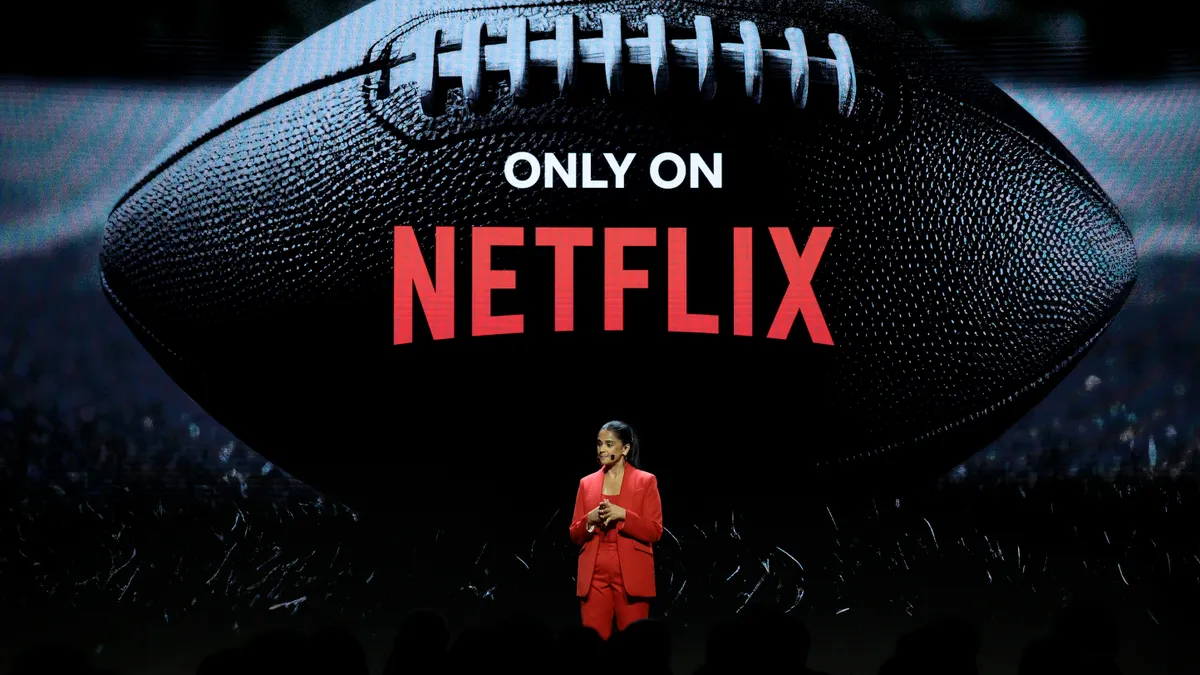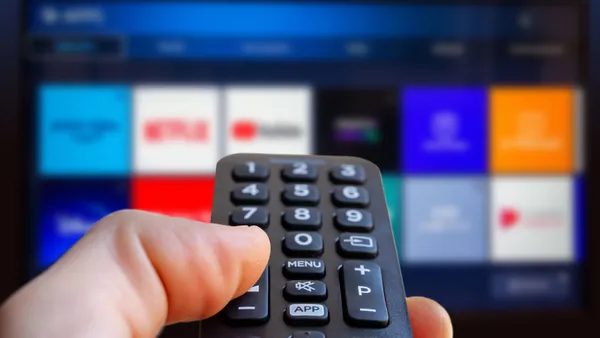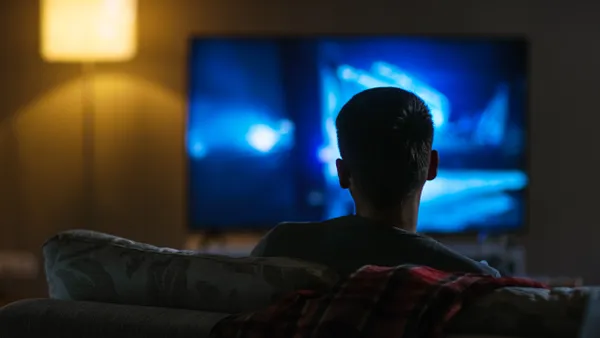Dive Brief:
- Netflix closed its second year of advance negotiations with advertisers, boasting a 150% increase in ad sales over 2023, according to a blog post shared Tuesday. The results were in line with company expectations.
- The streamer has struck deals with all of the major ad-holding groups, along with independent agencies and brands from categories spanning automotive, CPG, tech, QSR and retail. Partnerships are in place for upcoming film and TV releases, like the return of “Squid Game” and premiere of “Happy Gilmore 2.”
- Netflix offered greater detail on its push into programmatic advertising, including the ability for marketers to set up private marketplace deals via The Trade Desk, Google Display & Video 360 and Xandr, as well as new measurement capabilities.
Dive Insight:
Netflix reported a major bump in ad sales compared to its first upfront, which refers to advance negotiations with advertisers based on soon-to-be-released content. The gain is a sign that the streamer is successfully winning more brands over to an ad-supported offering that is nearing two years in operation. A run of dealmaking anticipates a content slate that features second seasons of mega-hits “Squid Game” and “Wednesday,” a “Happy Gilmore” sequel and the return of reality show phenomenon “Love is Blind,” along with bigger bets on premium live programming, such as the WWE’s “Raw” and an NFL game timed to Christmas.
Netflix entered the TV advertising market in 2022 with ad prices that reportedly led some media buyers to balk. Its upfront debut last spring encountered some challenges, landing in the thick of dual writers and actors strikes and being hosted virtually, a contrast with what are typically blockbuster stage showcases.
The emergence of fiercer competition, including Amazon introducing commercials to Prime Video earlier this year, has appeared to affect the streamer’s strategy. Netflix recently lowered its CPMs, or the cost to reach a thousand viewers, to between $20 to $30 for select inventory, Adweek reported.
Lower cost barriers to entry is one factor potentially attracting bigger ad spending. Another is Netflix’s efforts to improve its technological sophistication to match more mature digital rivals. Programmatic advertising is a key piece of the quest for scale. In the last few weeks, blue-chip marketers such as Expedia, Ford, T-Mobile, Mercedes-Benz, Novartis and American Eagle have run programmatic campaigns on Netflix, the announcement said.
Netflix has roped in a roster of ad-tech heavy hitters in The Trade Desk, Google Display & Video 360 and Microsoft’s Xandr to enable its programmatic blitz. Marketers can broker direct deals with Netflix via those platforms, a capability that is currently available in the U.S., Canada, Brazil and Mexico and aims for a more global rollout in the coming months. Netflix is also planning to expand the types of programmatic buys those deals can encompass, and expects to add a programmatic guarantee option in November.
To track the success of campaigns, Netflix is working with Google’s campaign manager and Innovid to verify impressions while deepening existing relationships with DoubleVerify and Integral Ad Science focused on monitoring fraud, viewability and verification. On the measurement front, Netflix is extending its suite of performance solutions to NielsenOne, Lucid, EDO, NCSolutions, Kantar and Affinity Solutions for all types of buys later in the fall
Netflix is in the midst of developing a proprietary ad-tech platform, targeting a 2025 launch following tests in Canada later this year. Advertising leadership is also going through transitions. Vice President of Ad Sales Peter Naylor, who helped stand up the ad unit, departed in July.
Netflix’s ad-supported tier grew subscribers 34% quarter on quarter in Q2 and is vying to achieve “critical ad subscriber scale” by 2025.















